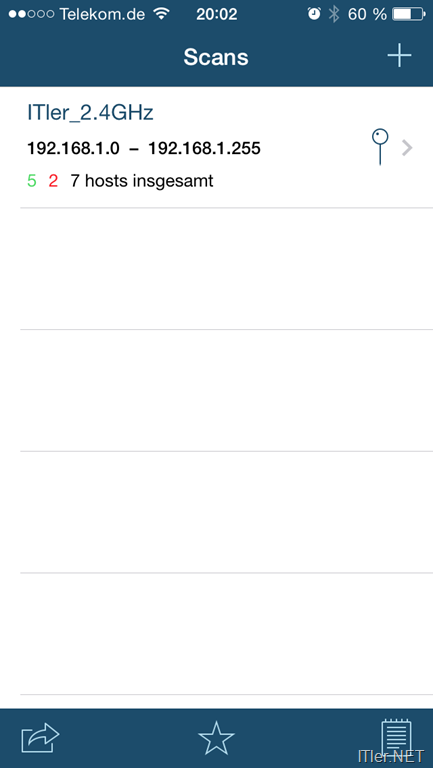

The British, faced with the most urgent need to deploy equipment, designed the Chain Home system to work at 25 MHz. Military meteorologists used radar to track storms.Įarly radar equipment was adapted from the radio communications field, using HF, VHF, and UHF tubes and antenna techniques. Radar could be used to locate enemy artillery and even buried mines. It was put into airplanes, where it might be used to locate hostile aircraft or ships, or to navigate the aircraft, or to find bombing targets. It was put on ships, where it was used to navigate at night and through fog, to locate enemy ships and aircraft, and to direct gunfire. It was used to aim searchlights, then to aim anti-aircraft guns. Radar, which is essentially “seeing” with radio waves, found dozens of other uses in the war. In the United States, researchers at MIT's Rad Lab and the U.S Naval Research Laboratory also hurried to develop radar. Even before the outbreak of war Britain had built an air-defense radar system called Chain Home. But in the late 1930s the threat of air attack stimulated work on this technology, and research groups in at least eight countries-France, Germany, Italy, Japan, Netherlands, the Soviet Union, the United Kingdom, and the United States-independently developed radar. In 1904 the German Christian Hülsmeyer patented a means to do this, but the invention attracted very little interest. Radar works by sending out radio waves and detecting any reflections from distant objects. The threat of bombing revived interest in a technology that had been invented several decades earlier but not developed-radar. The words of British Prime Minister Stanley Baldwin, spoken in 1932, were well known: “the bomber will always get through.” Airplanes might carry enormously destructive bombs, and there was little to prevent enemy aircraft from reaching a nation’s cities. But as airplanes increased in size, range, and speed in the 1920s, it became clear that they would become major weapons in future wars. That very simplicity makes it highly adaptable-during the war scientists and engineers found dozens of ways of using it.ĭuring World War I (1914-1918) airplanes played a relatively small role, being used mainly for reconnaissance. Radar is, in essence, a very basic way of obtaining information. While that’s an overstatement, it is true that radar had a huge impact on how World War II was fought on both sides. It has been said that radar won the war for the Allies in World War II.

It’s 8-meter wide dish antenna was part of a system used to detect incoming aircraft. Perhaps the most important of these was the “Würzburg” type shown here at an installation in Douvre, France (then German-occupied France). German engineers also developed radars during World War II.


 0 kommentar(er)
0 kommentar(er)
